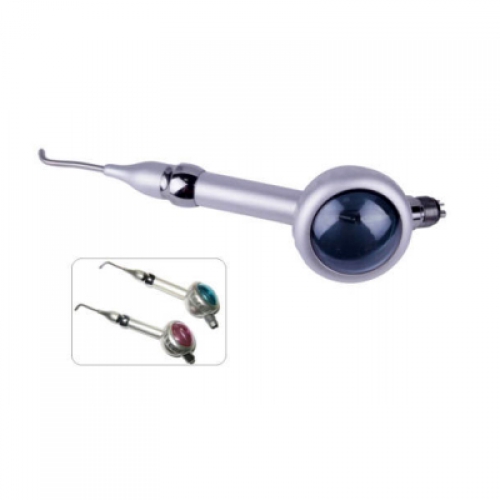Like many things in dentistry, air polishing has changed since the late 1970s. There are several new dental air polisher designs and new abrasive powders, and we now have the ability to use air polishers subgingivally. Sodium bicarbonate was the original abrasive powder used, but newer abrasive powders include glycine, calcium carbonate, calcium sodium phosphosilicate, aluminum trihydroxide, and erythritol. These additional powders give us more choices for our patients’ individual needs.

Use of air polishers decreased as the clinician’s age and experience increased. Curricula in many dental hygiene schools do not include clinical instruction in the use of this polishing device due to inadequate numbers of units and difficulty in moving units between clinic stations. Inadequate or insufficient knowledge and experience, therefore, appears to be a major factor in the underutilization of the air polisher. In an attempt to provide a suitable knowledge base for practicing dental hygienists, the primary purpose of this article is to provide a comprehensive summary and critique of the research on all aspects of air polishing. In addition, a suggested technique, common concerns, and possible solutions will be discussed.
Discussions are based on a review of the relevant literature on air polishing. Tables organize the data into categories to facilitate access of needed information. Because of the various research designs employed and the number of variables that must be controlled, comparative analyses of the studies are difficult. However, where possible, analyses of the validity and reliability of the studies are provided. It should be remembered that while laboratory (in vitro) investigations are useful, the most definitive conclusions must be obtained through clinical (in vivo) studies. Case reports or opinion articles have limited applications. Therefore, interpretation and application of research results must be done with caution.
The benefits of air polishing for the dental professional include less operator fatigue, less time involved than the traditional polishing technique, and improved access to difficult-to-reach areas. Benefits to the patient include less time in the chair, less “scraping,” excellent stain removal, reduced dentin hypersensitivity, and improved periodontal status.
Air polishing has been compared to scaling( dental scaler ) and rubber-cup polishing for efficiency and effectiveness of stain and plaque removal. The use of the air polisher as an efficient and effective means of removing extrinsic stain and plaque from tooth surfaces. Air polishing requires less time than traditional polishing methods and removes stain three times as fast as scaling with comers. In addition, less fatigue to the operator has been mentioned as an important benefit of air polishing.